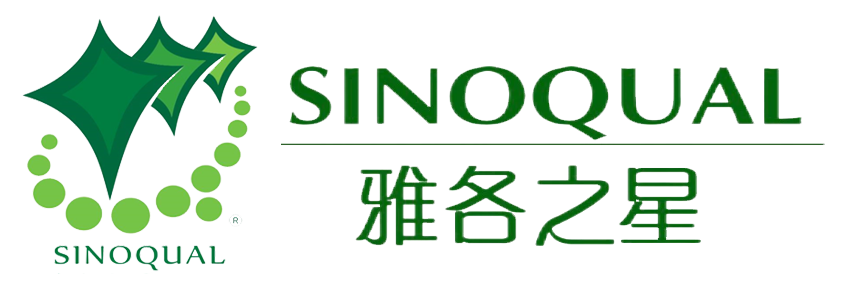The global beauty industry is undergoing a transformation as consumers increasingly demand products that demonstrate transparency, ethical sourcing, and ingredient purity...
US: Halal food growth in New York City – stores and restaurants
2025-05-15
Albany's Central Street corridor is the heart of the area. Everything flows in and out from here. To understand the changing landscape of halal food in Albany and New York State, look no further than the vibrant brick buildings that bring Central Street and its side streets to life with their shops and restaurants.
Italian coffee, bedecked in a hazy Venetian blue, harkens to the time when Italian immigration swept the Capital Region. Chesters Smokehouse, which opened in mid-2015, serves as a reminder of the German and Eastern European flavors brought by immigrants. For a time, a Burmese restaurant (Shwe Mandalay, now closed) highlighted the presence of Burmese immigrants, many of whom came to the United States and the Capital Region as refugees. Central Avenue's cultural landscape looks somewhat different today than it did during the peak of immigration in the late 19th and 20th centuries. Mexican and Caribbean food is abundant, and authentic Oaxacan restaurants stand out from Jamaican beef patties and "mannish water." Old-fashioned Italian pizzerias sit some distance from sprawling Japanese markets, ramen shops, and African groceries.
But in the past two years, many restaurants and stores have converted to halal-certified restaurants and suppliers. There are five halal restaurants and supermarkets on Central Avenue at 200 and 300 streets, and more branches on North Manning Avenue and Ontario Street.
Zabihah's website touts itself as "the world's largest guide to halal restaurants and markets," with 40 halal restaurants, 13 halal food markets and 25 halal catering establishments in the Capital Region, not including traditional grocery store chains like Whole Foods and Price Rite in Schenectady.
Halal means permissible in Arabic and refers to things that are acceptable to followers of Islam (similar to kosher, which is religious and strictly regulated). Most people are familiar with Halal because of its requirements for meat, requiring kind treatment of animals and slaughter methods.
Certain species—notably pigs, but also carnivorous animals and animals with claws (such as tigers)—cannot be slaughtered or consumed under halal principles, but halal food goes beyond this. Plants used for food must also be grown and processed with care; harvesting, storage, preparation, and packaging of food must be done with utmost hygiene and cleanliness.
So what are the factors behind the growth of Halal food? To learn more, please read the next article: Factors 1-2 that explain the growth of Halal food in the New York area.
